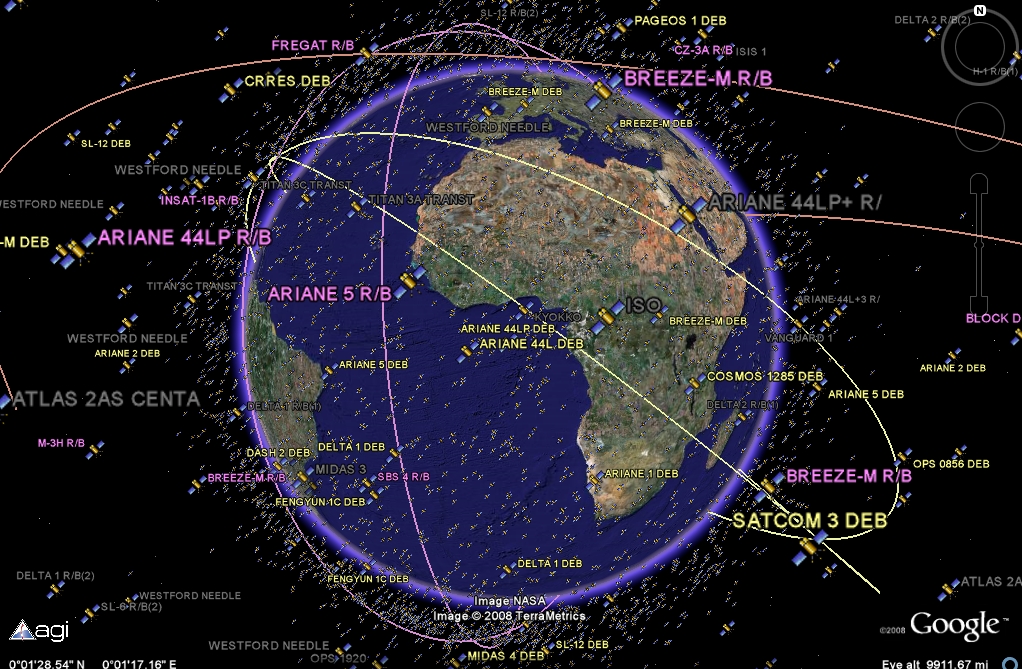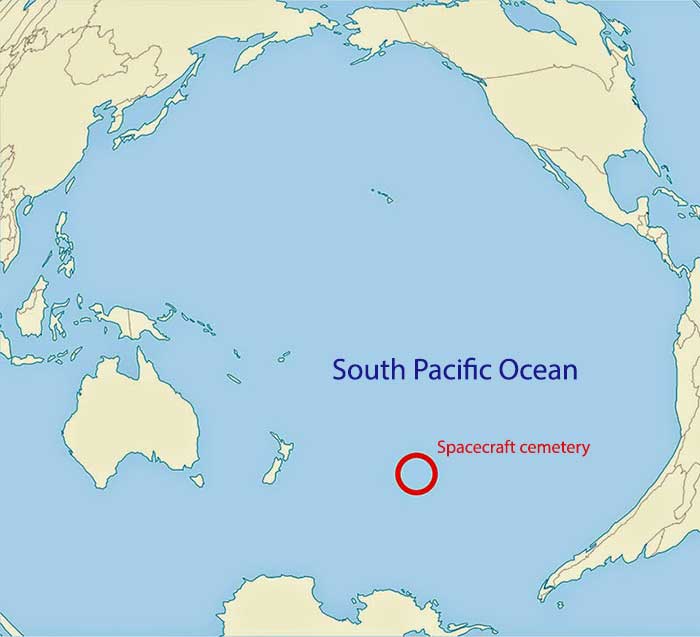Look, up in the Sky! Celestial Events for April

Tiangong-1, translated to ‘Heavenly Palace,’ is a 9.4 ton Chinese bus-sized space station that was launched in 2011 and was China’s first space station, but they lost contact with it in 2016. After two failed repair attempts, a ‘technical issue’ caused the spacecraft to fall out of orbit and it began its uncontrolled tumble and descent.
On April 1st, Tiangong-1 mostly burned up in the atmosphere as it reentered, with the remainder landing in the middle of the South Pacific. However, in recent weeks it had the professionals watching the skies because its orbit took it over many populated areas with roughly half of the Earth’s surface is in its path, including Europe, Asia, Australia, South America, Central America, and North America.
A senior member of a company that has the ability to predict space debris has stated that due to the inherent secrecy of the Chinese government, his company can only guess at the exact composition of Tiangong-1 and therefore can only guesstimate that between 10-40 percent of the spacecraft will survive reentry. So basically, 2000 to 7000 pounds will indeed make some sort of impact to the surface of Earth. However, a Harvard University astrophysicist predicted that only around 200 to 400 pounds would make it through the atmosphere.
In other words, they were predicting that at least some of Tiangong-1 could pass overhead or land in our backyard and even though this sort of event does happen from time to time, you should feel relatively safe. Only one person has ever been documented as being struck by falling space debris and that was from a piece of a Delta II rocket back in 1997 and she wasn’t even injured. However, please remember that there is a risk of being exposed to hazardous materials. If a piece does happen to land in your backyard, don’t try to keep it as a souvenir! It could be hazardous to your health.
When I first heard about the this news a few weeks ago, I’m pretty sure I read where some more space-junk was reentering the atmosphere right around the same time, but now all I can find is references to Tiangong-1. So I decided to take a look at just how often in our recent history we have been witness to such events.
All man-made machines are eventually going to break down, even with regular maintenance. While some satellites have been in orbit for decades and the International Space Station (ISS) has been floating above us in one fashion or another since 1998 (and is expected to stay in use for another decade), when it comes to these things dying there are only a couple of choices that can be made. Sometimes not even that many.
In cases where it is known exactly when the fuel is going to run out, scientists can either propel the object away from Earth – such as for the ISS and other large objects – or they can aim its descent so that it lands in unpopulated areas. In the South Pacific Ocean, there is a massive 6.6 million square mile area that is far away from civilization, about 1,450 nautical miles from the nearest land, and the ISS is actually its closest populated area. It is known by several names, including the Oceanic Pole of Inaccessibility, Point Nemo (which is Latin for ‘no one’), and the Spacecraft Cemetery.
Between 1971 and 2015, there were 161 of these objects guided to the cemetery but then from 2015-2016 there were almost 100 more that fell with style. The Russian Mir space station, numerous resupply vehicles, a SpaceX rocket, European Space Agency cargo ships, and many more have made their final headline splash in these waters.
So while these events aren’t all that rare, in my research I did see a couple of other celestial events this month that I thought that I would share with you.
On April 2, in the constellation Sagittarius, Saturn and Mars will appear very close together in the southern skies. On that same night you can watch Jupiter rise with the moon approximately three hours after sunset and then on the 7th you can see the moon along with Saturn in the early morning skies.
This month is also the time for the annual Lyrid meteor shower which starts on the 16th and will peak on April 22. Make sure to get away from the city lights and enjoy an average of 15 to 20 shooting stars per hour with a slim chance to see a crescendo of 200 to 500 an hour like witnessed in 1982 and 1922.


